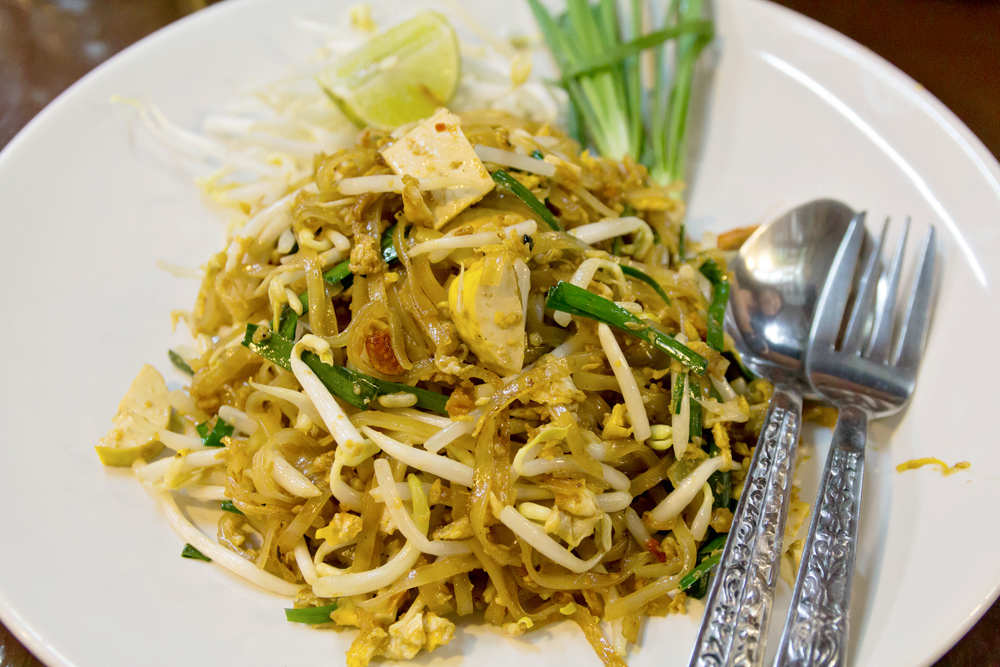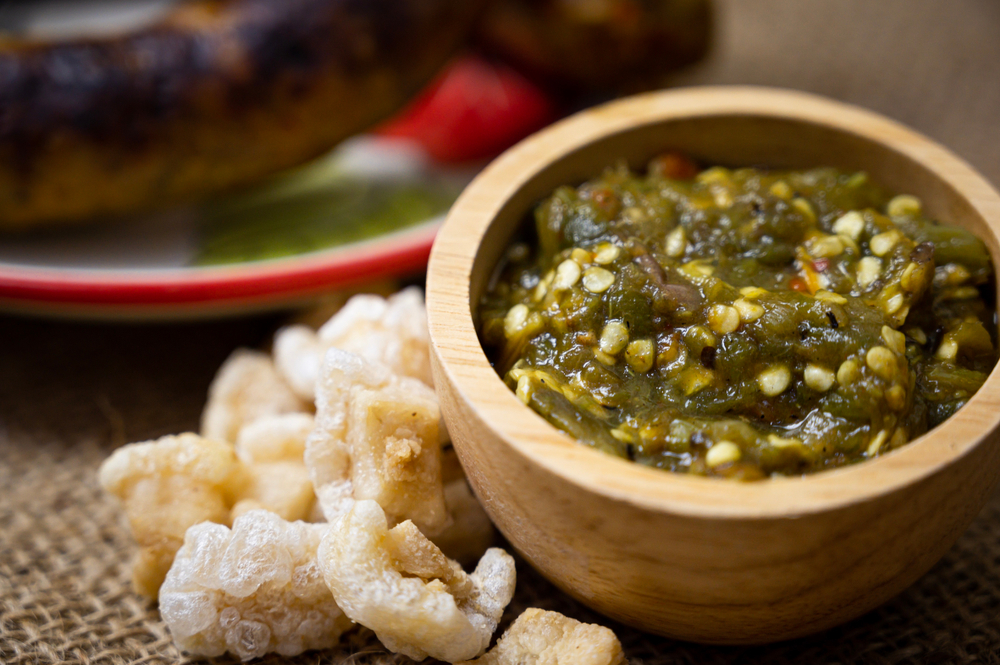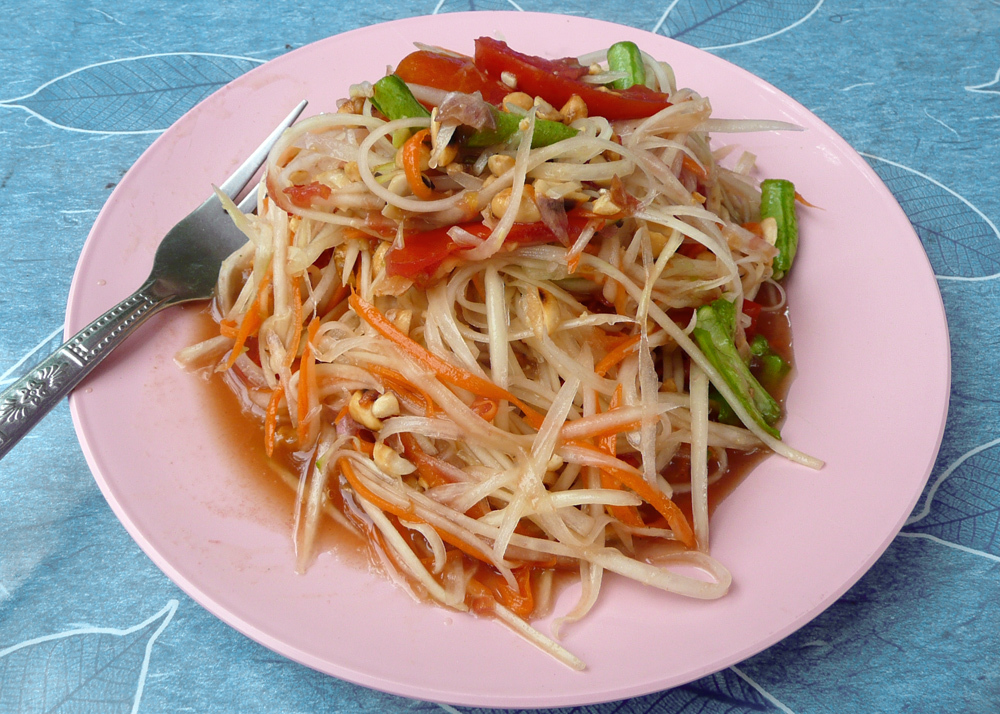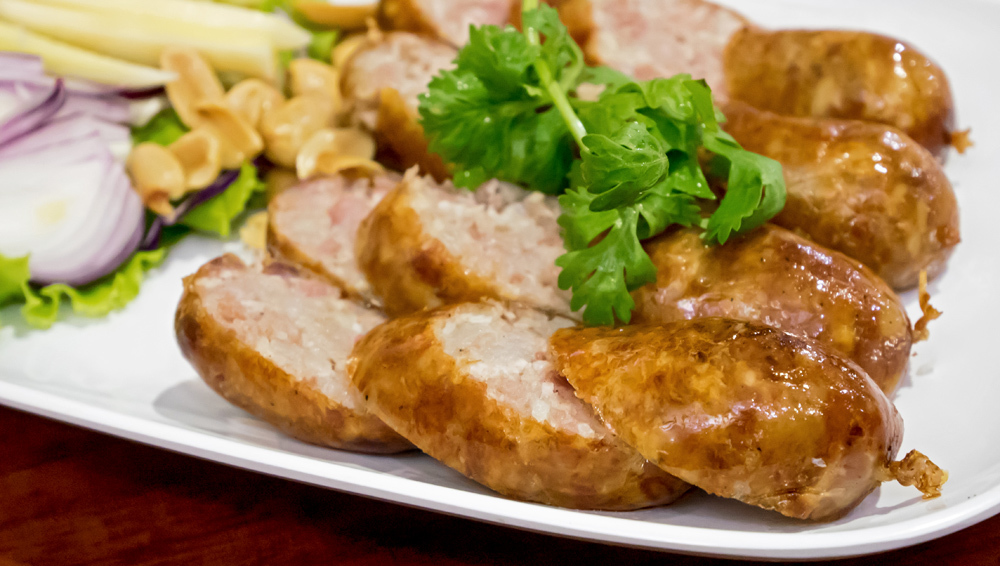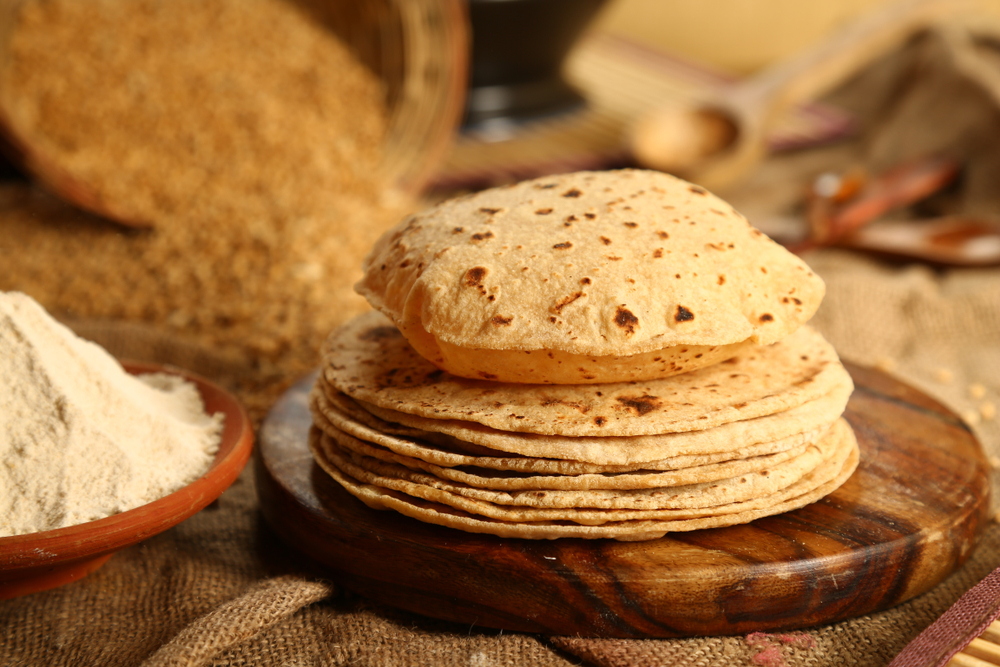Food and Drink: Regional Cuisine
Today one of the most popular global cuisines, Thai food is typically referred to in the singular, but the kingdom’s cuisine is actually a melting pot of four regional cooking styles that correspond roughly to the country’s main geographic and cultural zones: central, north, northeast, and south. The cuisine of each region is defined by its local climate and topography, neighboring cultural influences, ethnic minorities, and history of trade and immigration.
Rice
One of the great divisions in Thai cuisine is the very thing that also defines it: rice. Served at every meal, rice is the undisputed staple grain throughout the country, but the type of rice varies from region to region. Fragrant, long-grained jasmine rice is consumed in the south, as well as in the wealthier, more urban parts of the country, while short-grained glutinous rice is common in the poorer, more rural north and northeastern regions.
Eating styles also differ markedly based on region—and type of rice consumed. While most Thais eat with a fork and spoon, a practice introduced by King Chulalongkorn during the process of Westernization in the late 19th century, it is still customary in parts of the rural north and northeast to eat by hand using sticky rice as a kind of utensil.
Balanced Flavors
Regardless of the region of origin, all Thai dishes share some commonalities. A guiding principle in Thai cooking is balancing the five fundamental flavors—sweet, sour, salty, bitter, and spicy—in each dish. This results in an uncommon level of complexity in which contrasting elements are brought together to create a harmonious whole. Dishes are often intricately prepared and presented, with great attention given to details such as color, shape, plating, and context, giving Thai cuisine a regal, refined flair.
The Central Region
The central region of Thailand is a flat delta crisscrossed by a vast network of rivers and lakes, making this region the fertile heart of the country. It is also home to Bangkok, and while most of the population is ethnically Thai, the capital city has long attracted foreign immigrants. The Ayutthaya Kingdom, which reigned from the 14th to 18th centuries, was friendly to foreigners, and Chinese, Indian, Vietnamese, and later Portuguese, Spanish, and Dutch traders, all left their mark on the local cuisine. The Chinese influence, in particular, can be seen in the local penchant for wok-frying, noodle dishes, and tofu soups.
Central Thai cuisine is characterized by rich coconut-milk curries, soups, salads, pork, and freshwater fish, served with chili-based dips. The staple is long-grained Jasmine rice, though sticky rice is sometimes used in desserts. Dominant flavors are hot and sour, balanced by sweet notes and fragrant herbs.
Tom Yum Goong: Embodying the dominant local culinary idiom of hot and sour, tom yum goong is a spicy, clear soup made with fresh herbs, shrimp, and vegetables.
Kaeng Khiao Wan Gai: Central Thailand is known for its green curry, which is made with fresh green chilies, shallots, garlic, galangal, and cilantro. The spiciness is balanced with sweet coconut milk, giving the dish a harmonious finish characteristic of Central Thai cooking. Chicken and fish are the typical proteins.
Pad Thai: One of the globally representative and most popular dishes of Thai cuisine, this sour and sweet noodle dish is believed to have been introduced to the Ayutthaya Kingdom by Chinese merchants. Over the years, the recipe replaced characteristically Chinese elements (rice noodles instead of wheat noodles, tofu instead of pork) and added fish sauce, shrimp, peanuts, and chili for a decidedly Thai twist.
Khanom Maw Kaeng: The traditional recipe for this delicate, flan-like dessert is made with coconut milk, eggs, palm sugar, taro or sweet potato, and a bit of oil. Influenced by Portuguese egg custard dishes, the Thai version was served at the royal court to the delight of courtiers.
The Northern Region
Northern Thailand is cool and mountainous, giving its cuisine a distinctly hearty and rustic character. The temperate climate has imparted the local cuisine with greater seasonality than elsewhere in Thailand. Neighboring Myanmar and southern China, as well as the numerous ethnic minorities and hill tribes in the area, have also left a mark on the local cuisine.
Compared to other parts of Thailand, northern cuisine is the least spicy, with the dominant flavor being bitter. Dried spices and herbs are preferred over chili pepper. Sticky rice, along with other whole-grain rice varieties, such as Thai red cargo rice, are the staple grains. Unique spices include makhwaen, a prickly ash seed related to Sichuan pepper that gives a slight numbing sensation, and thua nao khaep, a Shan seasoning paste made of fermented soybeans. This regional cuisine also makes heavy use of fermented and pickled ingredients, and meats are sometimes eaten raw. Typical dishes include dips and pastes, soups and salads, and grilled meats and vegetables.
Khao Soi: The signature dish of Northern Thailand has Chinese roots, which explains the presence of fried and boiled wheat noodles rather than rice. Nevertheless, the flavors of this rich, satisfying noodle soup—chicken, shallots, lime, and coconut—are decidedly Thai.
Nam Prik Num: This chili paste is made of pounded green chilies, eggplant, shallots, garlic, coriander leaves, lime juice, and a dash of fish sauce. The fragrant, earthy dip is served as an accompaniment to meat and vegetable dishes, or simply eaten with sticky rice or as a snack with pork rinds.
Sai Ua: The sausage of the city of Chiang Mai, the capital of the northern region and Thailand’s second largest city, exemplifies the use of grilled meats in northern Thai cuisine. This piquant pork sausage is stuffed with fresh herbs, spices, and red curry paste.
Aep: Made of chopped meat mixed together with egg, small fish, and, occasionally, edible insects, this Thai-style meatball is wrapped in a banana leaf and grilled.
The Northeast Region (Isan)
The plains and plateaus of the northeastern region of Isan border Laos to the east, and this region shares much in common with its neighbor. The local cuisine is similar to Lao food, and inhabitants speak a dialect mutually intelligible with the Lao language. This rural region is home to nearly one-third of the Thai population, but only contributes 10 percent to the national GDP, with many practicing subsistence agriculture. Humble sticky rice is both the main staple consumed and the largest cash crop, with 60 percent of the agricultural land devoted to sticky rice production. Due to the region’s impoverished history, many have migrated from Isan to other parts of Thailand and abroad, bringing their culinary traditions with them.
Owing to the region’s rural character, Isan cuisine is perhaps the most rustic of all Thai cooking styles. The emphasis is on simple ingredients such as freshwater fish, vegetables, and of course, glutinous rice. The spice level is high, with hot chilies and robust, full-bodied seasonings. Grilled meat and vegetable dishes dominate, along with soups and salads.
Som Tum: Combining unripe green papaya, tomatoes, peanuts, fish sauce, lime, and chili, Thai green papaya salad is the signature dish of Isan cuisine, with bright tangy flavors and spicy undertones.
Lap: Made from minced meat flavored with fish sauce, fresh herbs, toasted sticky rice powder, and chili, this grilled meat salad is served at room temperature and is a ubiquitous dish in Isan cuisine. The traditional recipe calls for offal and animal blood to bind the ingredients.
Sai Krok Isan: These local sausages are made of fermented pork and rice—the fermentation slightly extends their shelf life in the region’s hot climate. The thick, fat, sausages are grilled and sold at open-air markets, served with chili sauce and cabbage.
The Southern Region
A narrow strip of land bordered by the Indian Ocean to the west and the Gulf of Thailand to the east, southern Thailand connects the rest of the country with Malaysia to the south. Its peculiar geographic situation makes southern Thai cuisine a crossroads of culinary influences, particularly due to its large number of ethnic Malay inhabitants, whose halal recipes eschew the pork so beloved in the rest of the country. Southern chefs have a reputation for having a heavy hand with chili, making southern cuisine the fieriest of all.
Being surrounded by the ocean, seafood and fish, whether fresh or preserved, are key ingredients in just about every southern Thai dish. Local kapi, a fermented shrimp paste, is as important a seasoning as salt and chili pepper. All that spice is balanced out by coconut milk, which strikes a rich balance in curries and soups.
Kaeng Matsaman: Massaman curry fuses Muslim and Thai influences: heavily spiced beef or mutton is combined with coconut milk, potato, and peanut. This dish is believed to have been introduced to Siam by Muslim Persian merchants in the 17th century and is a popular dish with the south’s large Muslim minority.
Satay: This dish consists of skewers of grilled beef, chicken, or pork served with a savory peanut sauce. It is Indonesian in origin but is today a popular dish throughout Thailand.
Kaeng Tai Pla: This iconic curry is known for its strong, salty sauce made of fermented fish kidney combined with grilled fish and sweet potato.
Khao Yum: Combining fragrant fresh herbs, dried fish, shredded coconut, lime, and fish sauce, Thai rice salad is a practical and tasty use for leftover jasmine rice.
Roti: The Thai take on Indian roti flatbread, this griddle-fried dessert is served with banana and condensed milk. It is sometimes eaten as an accompaniment to curry dishes instead of rice.
Article written for World Trade Press by Carly K. Ottenbreit.
Copyright © 1993—2024 World Trade Press. All rights reserved.

 Thailand
Thailand 

